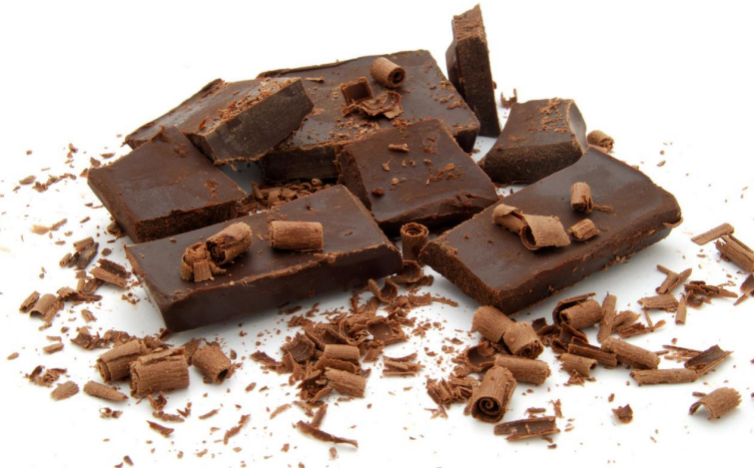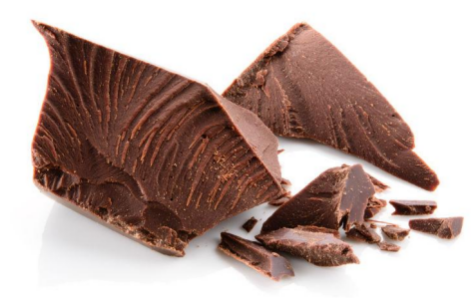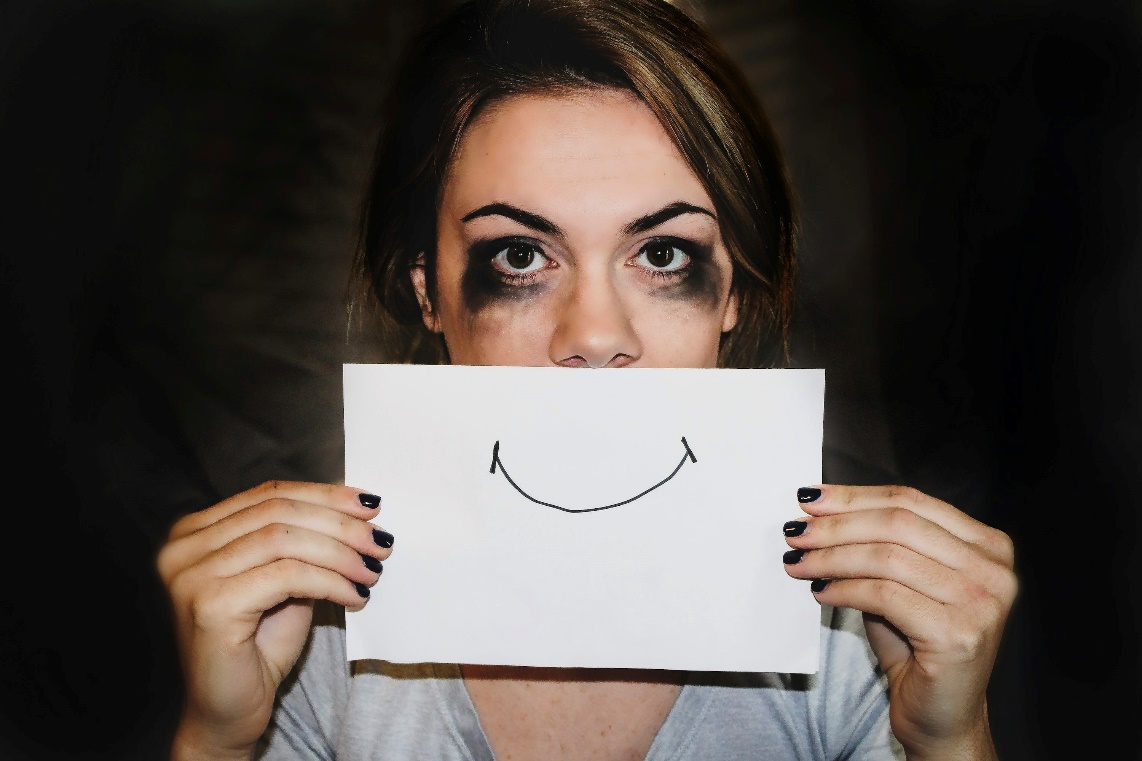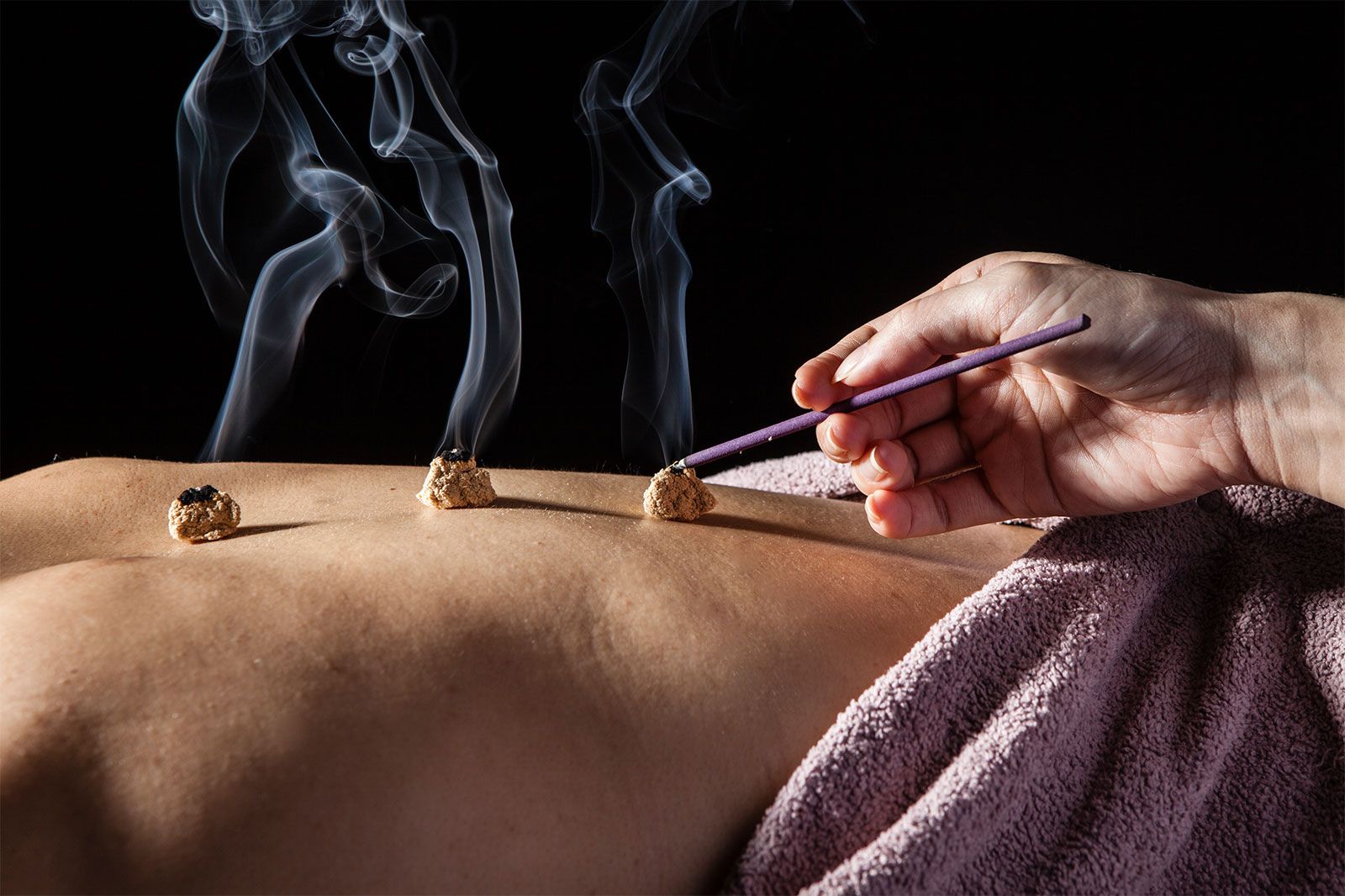One day, after working tirelessly, you return home exhausted, casually picking up a piece of rich, dark chocolate and letting it melt in your mouth. Immersed in its silky sweetness, you feel momentarily relieved. However, two hours later, a sharp migraine strikes, leaving you in agony. Frowning, you retrace your day, and suddenly, a thought crosses your mind: "Could it be the chocolate?" You are not alone in this suspicion many people have long believed that chocolate is the culprit behind migraines. Chocolate, red wine, and cheese have often been labelled as "migraine triggers", as if they were lurking "time bombs" in our daily lives, ready to unleash a storm of pain at the slightest misstep. But is this the case? Scientists have questioned this claim and conducted a series of studies, yielding surprising results that chocolate is not the real "criminal" but rather a falsely accused "scapegoat".

To uncover the true relationship between chocolate and migraines, we must first understand how migraines unfold. They do not strike like a bolt of lightning on a clear day but rather resemble a meticulously crafted suspense film, laying down subtle clues long before the painful climax. The first act of a migraine is called the prodrome phase akin to the oppressive heat before a storm, making people uneasy. This phase can last for hours or even days, during which sufferers may experience peculiar.
"warning signals," such as extreme fatigue, mood swings, trouble concentrating, or even an inexplicable craving for certain foods. The brain, in this scenario, functions like an airport preparing for takeoff, and the migraine is the plane revving its engines.
During the prodrome phase, the control tower has already signalled for takeoff, symptoms begin boarding, and even the nervous system starts warming up. At this moment, you suddenly crave chocolate just like a traveler rushing to grab a coffee before boarding. But studies reveal that, in most cases, migraines were bound to happen regardless. It is as if the movie had already reached its finale, and eating popcorn in an empty theatre would not change the story's ending. In other words, the real mastermind behind migraines is the body's migraine mechanisms, not that innocent and delicious piece of chocolate.

If food is not the "villain" behind migraines, then who is? Research has found that only two factors have solid scientific backing: pregnancy and depression. First, for some migraine sufferers, pregnancy is an "unexpected saviour." Although many women worry about not being able to take painkillers during pregnancy, the reality Is that they may unexpectedly enjoy a "pain-free privilege" during this period. In stark contrast, however, is depression an "accelerant" for migraines. Studies have shown that people with depression experience migraines far more frequently than the general population. It is like igniting a greater storm within an existing tempest- on one side, chemical imbalances in the brain; on the other, mounting psychological stress, forming a destructive "dual hurricane." Depression, anxiety, and long-term mental strain make the nervous system fragile and hypersensitive, providing migraines with the perfect opportunity to strike like a crumbling dam collapsing under the pressure of an emotional flood.
In the complex puzzle of migraines, chocolate is merely a misunderstood character, not the true culprit. It is like an innocent child wrongfully accused of a crime it did not commit. The real forces at play are hidden within our bodies migraines stem from their internal triggers, hormonal fluctuations, and psychological factors. If you are a chocolate lover, there is no need to shun it out of fear of migraines. Science has proven that enjoying a piece of chocolate will not worsen your headache; it can bring pleasure and help relieve stress.






